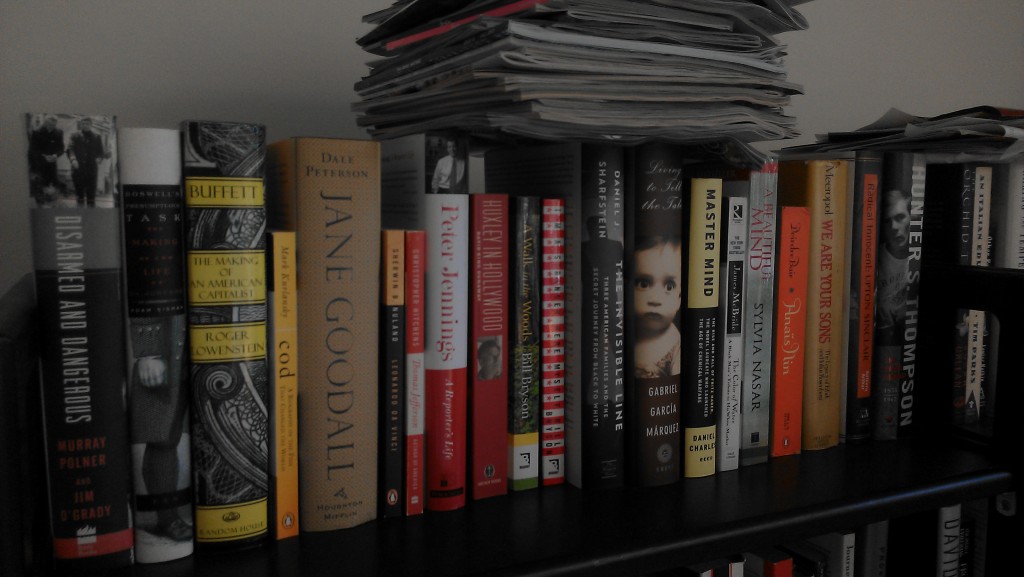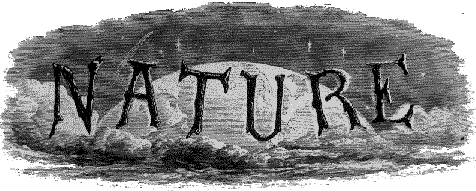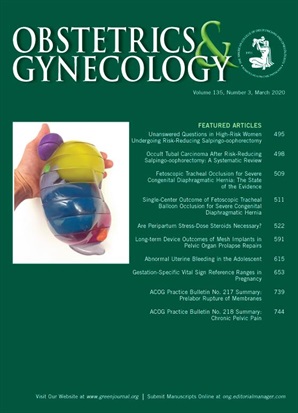
Before we present this week’s Weekend Reads, a question: Do you enjoy our weekly roundup? If so, we could really use your help. Would you consider a tax-deductible donation to support Weekend Reads, and our daily work? Thanks in advance.
Sending thoughts to our readers and wishing them the best in this uncertain time.
The week at Retraction Watch featured:
- A researcher who felt “shocked” and “physically ill” — but still corrected the record.
- A retraction mystery in which none of the authors of a paper knew anything about it.
- The retraction of a paper in Nature after years of scrutiny.
Here’s what was happening elsewhere:
Continue reading Weekend reads: Why coronavirus papers need a warning label; scientists correct the record






